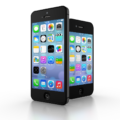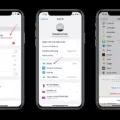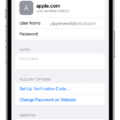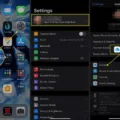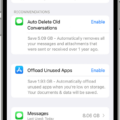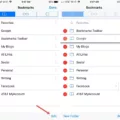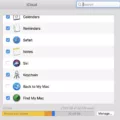In today’s digital age, our smartphones have become an integral part of our lives. And when it comes to smartphones, the iPhone has undoubtedly made its mark as one of the most popular and sought-after devices. With its sleek design, powerful performance, and user-friendly interface, it’s no wonder that iPhone users are constantly looking for ways to enhance their experience. One such way is by utilizing cloud storage services to store and backup their valuable data. While iCloud, Apple’s own cloud storage solution, is the default choice for many iPhone users, there is another option that deserves consideration – Google Drive.
Google Drive is a cloud storage service provided by Google that offers a wide range of features and benefits. One of the biggest advantages of using Google Drive over iCloud is the amount of storage space you get for free. While iCloud provides users with 5GB of free storage, Google Drive offers a generous 15GB of free storage right off the bat. This means that you can store more photos, videos, documents, and other files without having to worry about running out of space.
Setting up Google Drive on your iPhone is a breeze. Simply download the Google Drive app from the App Store and sign in with your Google account. Once you’re logged in, you can start uploading your files to Google Drive and accessing them from any device with an internet connection. This flexibility is particularly useful if you have multiple devices or if you frequently switch between different platforms.
One of the standout features of Google Drive is its seamless integration with other Google services, such as Google Photos. With Google Photos, you can automatically backup your iPhone photos to your Google Drive account, ensuring that your precious memories are safe and easily accessible. This feature comes in handy especially if you take a lot of photos and videos on your iPhone and want to free up space without losing any of your files.
In addition to its ample storage space and integration with other Google services, Google Drive also offers a range of business-oriented features that make it a viable choice for professionals. Features such as real-time collaboration, sharing and commenting on files, and the ability to create and edit documents, spreadsheets, and presentations make Google Drive a powerful tool for productivity and collaboration.
However, it’s worth noting that while Google Drive may offer more storage space and business-oriented features, iCloud has its own advantages. One of the key benefits of iCloud is its tight integration with Apple’s ecosystem. If you’re heavily invested in the Apple ecosystem, with multiple Apple devices and services, iCloud may be the more seamless option for you. iCloud also offers additional features such as Find My iPhone and iCloud Keychain, which can be useful for device tracking and password management.
Ultimately, the choice between Google Drive and iCloud comes down to your personal preferences and needs. If you prioritize storage space, business features, and seamless integration with Google services, Google Drive is a solid choice. On the other hand, if you’re deeply embedded in the Apple ecosystem and value the convenience of iCloud’s integration with Apple devices, sticking with iCloud might be the better option for you.
Both Google Drive and iCloud offer their own unique set of features and benefits. The decision of whether to use Google Drive instead of iCloud on your iPhone ultimately depends on your storage needs, preference for business-oriented features, and level of integration with the Apple ecosystem. Whichever option you choose, the important thing is to ensure that your valuable data is safely backed up in the cloud.
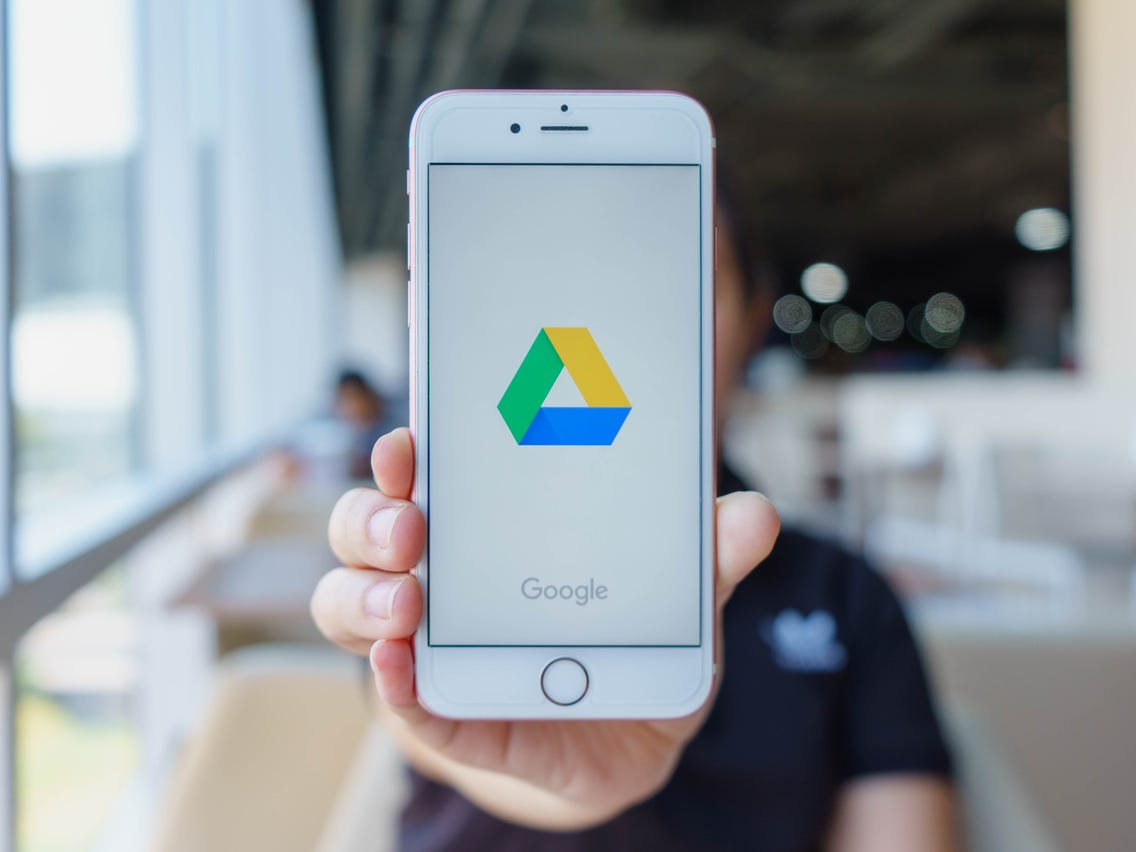
Can You Use Google Drive on iPhone Instead Of iCloud?
You can use Google Drive on an iPhone instead of iCloud. Google Drive is a cloud storage service provided by Google that allows you to store and access files from any device, including iPhones. Here are some key points to consider:
1. Compatibility: Google Drive is available as a mobile app for both iOS and Android devices, including iPhones. This means you can easily download and install the Google Drive app from the App Store on your iPhone and start using it.
2. Storage: While iCloud offers 5GB of free storage, Google Drive provides 15GB of free storage to its users. If you require more storage, Google Drive also offers various paid plans with larger storage capacities at affordable prices.
3. File Syncing: Google Drive allows you to automatically sync files between your iPhone and other devices, such as your computer or tablet. This ensures that you have access to the latest version of your files across all your devices.
4. Collaboration: Google Drive is known for its collaboration features, which allow multiple users to work on the same document simultaneously. This can be particularly useful for business purposes or when working on projects with others.
5. Integration with Google Apps: If you use other Google apps, such as Google Docs, Sheets, or Slides, Google Drive seamlessly integrates with these apps, making it easy to create, edit, and store your files in one place.
6. Third-Party App Integration: Google Drive also integrates with various third-party apps, allowing you to directly save and access files from within those apps. This can be beneficial if you use multiple productivity or file management apps on your iPhone.
While both iCloud and Google Drive can be used on an iPhone, Google Drive offers more storage, robust collaboration features, and integration with Google’s suite of apps. It is a suitable alternative if you prefer these features or require more storage space for your files.
How Do You Use Google Drive Instead Of iCloud Photos?
To use Google Drive instead of iCloud Photos, follow these steps:
1. Download the Google Drive app on your iPhone from the App Store.
2. Sign in to your Google account or create a new one if you don’t have an account already.
3. Open the Google Drive app and tap on the menu icon (three horizontal lines) in the top left corner of the screen.
4. Select “Settings” from the menu.
5. Tap on “Backup & Sync.”
6. Toggle on the “Backup & Sync” option to enable automatic backup of your photos to Google Drive.
7. You can choose to enable “Use cellular data to back up” if you want to back up your photos using mobile data when Wi-Fi is not available. However, keep in mind that this may result in additional data charges from your mobile service provider.
8. By default, Google Drive will back up all the photos and videos from your iPhone. If you want to exclude certain folders or albums, you can tap on “Select folders to back up” and choose the specific folders or albums you want to include in the backup.
9. Once you have set up the backup options, tap on “Start Backup” to initiate the backup process.
10. Depending on the number and size of your photos, it may take some time to complete the initial backup. Make sure your iPhone is connected to a stable Wi-Fi network and keep the app open until the backup is finished.
11. Once the backup is complete, you can access your photos and videos on Google Drive by opening the app and navigating to the “Photos” or “Videos” section.
12. You can also access your photos and videos from any device with internet access by signing in to your Google account and opening Google Drive.
By following these steps, you can effectively use Google Drive to backup and sync your photos instead of relying on iCloud Photos.
How Do You Use Google Drive As Storage On Your iPhone?
To utilize Google Drive as storage on your iPhone, you can follow these steps:
1. Begin by opening the Google Drive app on your iPhone or iPad. If you haven’t installed it yet, you can download it from the App Store.
2. Once the app is open, you will find the Menu option located at the top left corner of the screen. Tap on it.
3. From the menu, select the “Storage” option. This will lead you to the storage settings for your Google Drive account.
4. Inside the storage settings, you will find an option labeled “Get more storage.” Tap on it to proceed.
5. You will then be presented with various storage limit options to choose from. These options will vary in terms of storage capacity and pricing. Select the storage limit that best suits your needs.
6. After selecting your desired storage limit, you will need to confirm your payment details. This is to ensure that your payment information is up to date and accurate.
7. Once you have confirmed your payment, the process of upgrading your storage limit will begin. This may take a few moments to complete, depending on your internet connection.
8. when the upgrade process is finished, you will see a “Done” button. Tap on it to complete the process.
By following these steps, you can easily use Google Drive as storage on your iPhone. It offers a convenient way to store and access your files, ensuring that you have enough space to save and organize your important data.
Can You Backup to Google Drive Instead Of iCloud?
You can indeed back up your files to Google Drive instead of using iCloud. Google Drive offers an iOS app that allows you to easily back up your photos, contacts, calendars, and other files from your iPhone or iPad. This can be particularly useful if you prefer to use Google services or if you need more storage space than what iCloud provides.
Here’s how you can back up your files to Google Drive on iOS:
1. Download and install the Google Drive app from the App Store if you haven’t already.
2. Launch the Google Drive app and sign in with your Google account. If you don’t have a Google account, you can create one for free.
3. Once you’re signed in, you will see your files if you have used Google Drive before. If not, the app will be empty.
4. To back up your files, tap on the “+” button at the bottom right corner of the screen.
5. You will see a list of options to upload or create different types of files. For example, you can choose to upload photos or videos from your device’s camera roll, create a new Google Docs document, or upload existing files from other apps.
6. Select the option that corresponds to the files you want to back up. For example, if you want to back up your photos, tap on “Upload Photos or Videos”.
7. Follow the prompts to select the files you want to back up and confirm the upload.
8. The selected files will now be uploaded to your Google Drive account, and you can access them from any device with the Google Drive app or through the Google Drive website.
In addition to manually uploading files, you can also enable automatic backup for certain types of data, such as photos or contacts, by adjusting the settings in the Google Drive app. This way, your files will be continuously backed up to Google Drive without you having to manually upload them each time.
It’s worth noting that Google Drive offers 15 GB of free storage space, which is more than the 5 GB provided by iCloud. If you require additional storage, Google offers paid plans with larger storage capacities.
To sum up, Google Drive is a viable alternative to iCloud for backing up your files on iOS. With the Google Drive app, you can easily upload and access your files from any device, and you have more free storage space available compared to iCloud.
Conclusion
The iPhone is a powerful and versatile device that offers a wide range of features and capabilities. From its sleek design and high-quality display to its user-friendly interface and extensive app ecosystem, the iPhone has become a top choice for smartphone users around the world.
One of the key features of the iPhone is its integration with iCloud, Apple’s cloud storage and backup service. iCloud offers seamless synchronization of photos, documents, contacts, and more across all Apple devices, providing a convenient and secure way to access and manage your files.
However, if you prefer more storage for less and additional business-oriented features, Google Drive is a great alternative to iCloud. With Google Drive, you can easily back up your photos, contacts, calendars, and other files, and even access them from any device with an internet connection. Additionally, Google offers 15 GB of free storage, compared to Apple’s 5 GB with iCloud.
Ultimately, the choice between iCloud and Google Drive depends on your specific needs and preferences. If you prioritize security and customer service, iCloud is the way to go. On the other hand, if you’re looking for more storage and business-oriented features, Google Drive is the better option. Whichever you choose, both services provide convenient and reliable ways to store and access your files on your iPhone.

